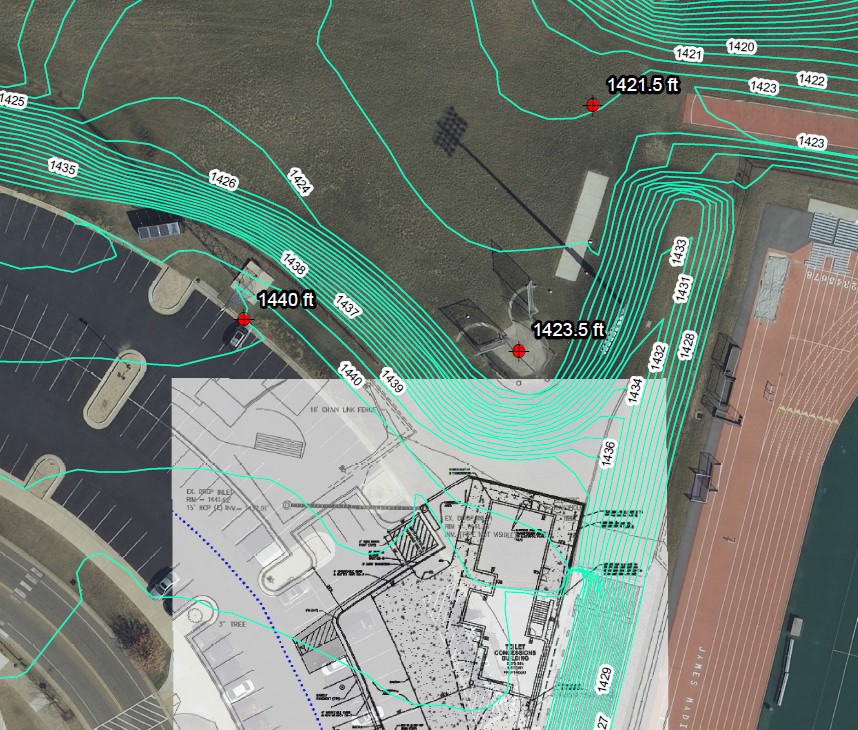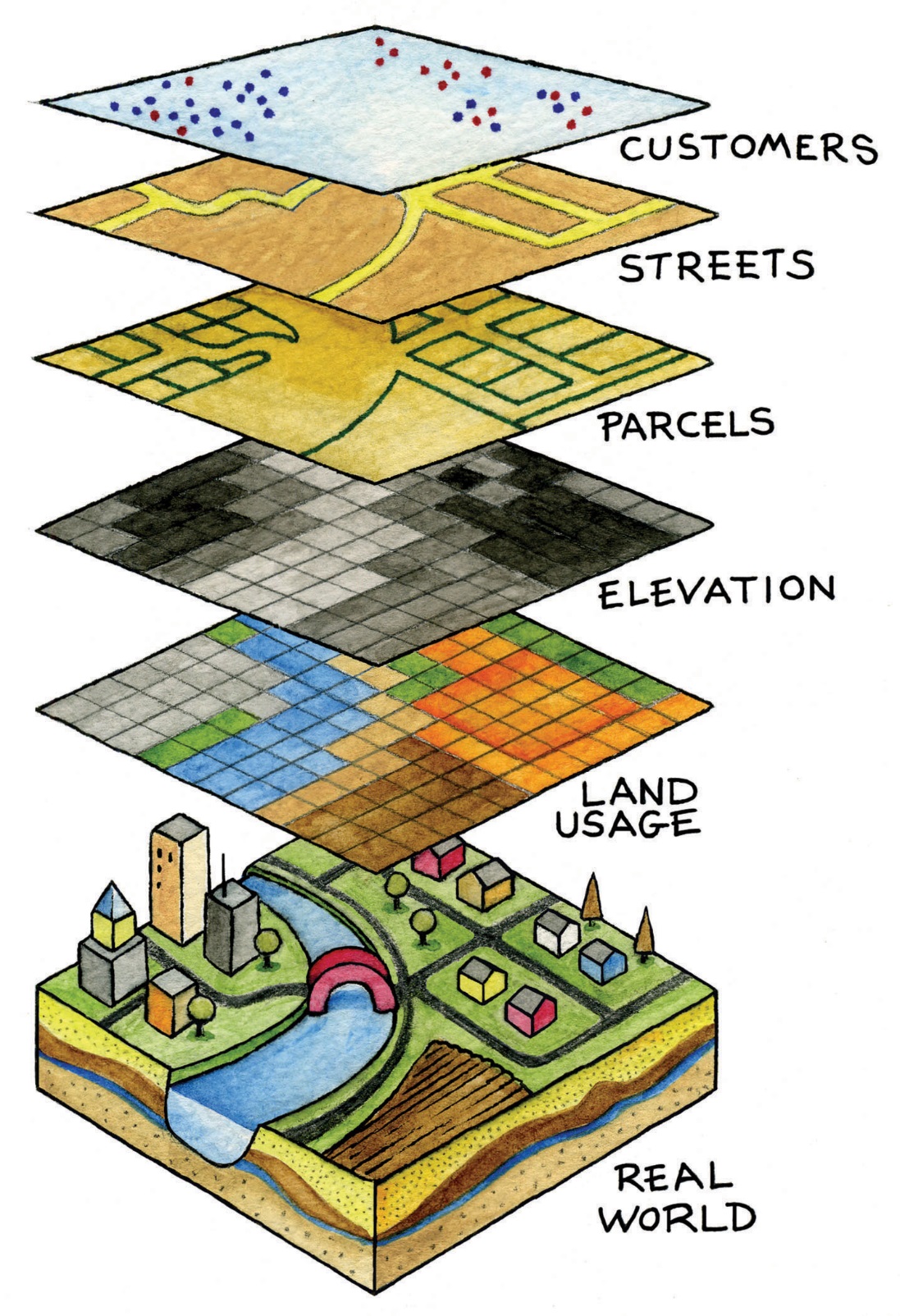What is GIS?
Is it a map? Is it a computer system? Is it a discipline?
Answer: “GIS is all of the above – and more.”
Essentially, Geographic Information Systems (GIS) is the synthesis of Geography and Technology and can be broadly defined as a computer information system that is used to capture, organize, store, display and analyze spatial data. The key word being spatial.
GIS enables people to more easily identify, analyze, and understand patterns and relationships in both large and small scale geographies that can then be related to everything from finding the fastest route to work all the way to visualizing global emissions reporting.

A great summary of the value of a GIS comes from Esri, a world leader and industry standard in Geospatial software:
“A geographic information system (GIS) lets us
visualize, question, analyze, and interpret data
to understand relationships, patterns, and trends.” -- Esri
The uses of GIS are many, but the basic structure remains the same: there is a basemap, with one or more layers stacked on top of each other, that is connected to a database where the respective data for each feature in the layer(s) is stored. It is this combination of data and geovisual representation that give GIS its immense value.
GIS at JMU Facilities Management
Within FM, we have created a new department called Geospatial Engineering Services or GES. Our GIS initiative focuses primarily on stormwater monitoring and analysis as well as storing infrastructure, property, and utility information as a way to monitor, maintain, and facilitate knowledgeable decisions regarding University assets. We are combining the GIS with our Utility Locators and Autocad group to provide full support for all Engineering and mapping needs.
To meet university needs, the GES team must:
- Maintain, update, and expand the Facilities Engineering Geographic Information System (GIS)
- Utilize GPS equipment to collect utility and infrastructure data
- Develop methods to distribute GIS data to Facilities staff
- Provide support for the university's engineering, stormwater, and sustainability programs
- Maintain accurate building information for all buildings on campus
- Issue excavation permits and locate utilities to effectively protect utilities on campus
- Provide engineering design services as needed
- Provide surveying and mapping services on campus
- Coordinate projects and manage interns and student volunteers
- Research and develop custom GIS resources and capabilities
View our maps

